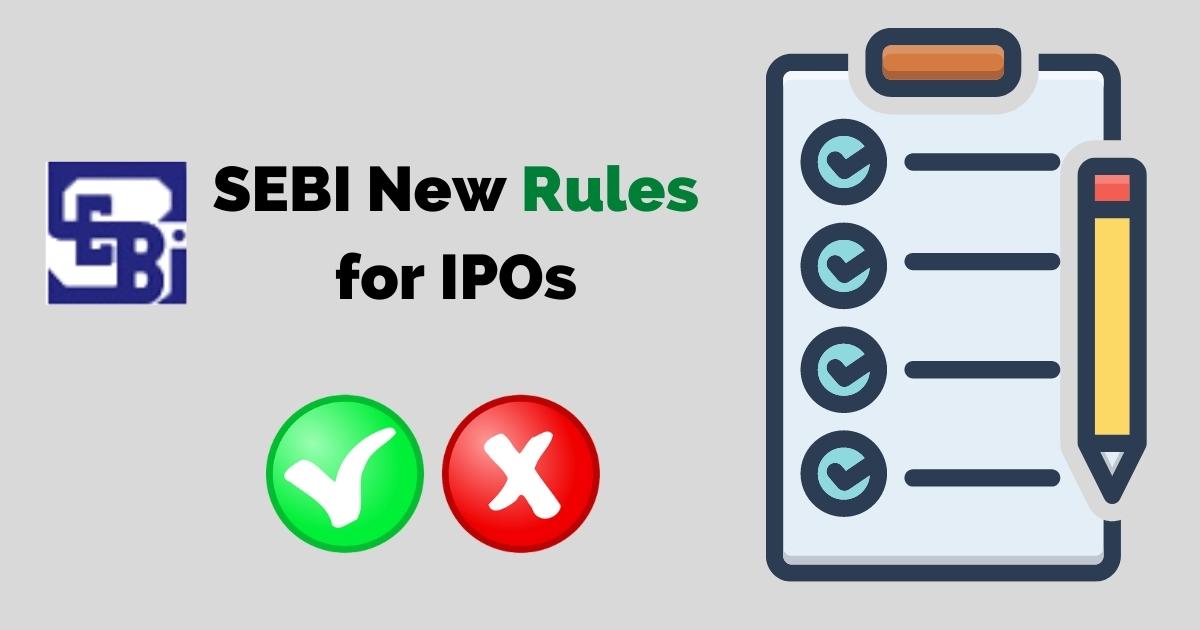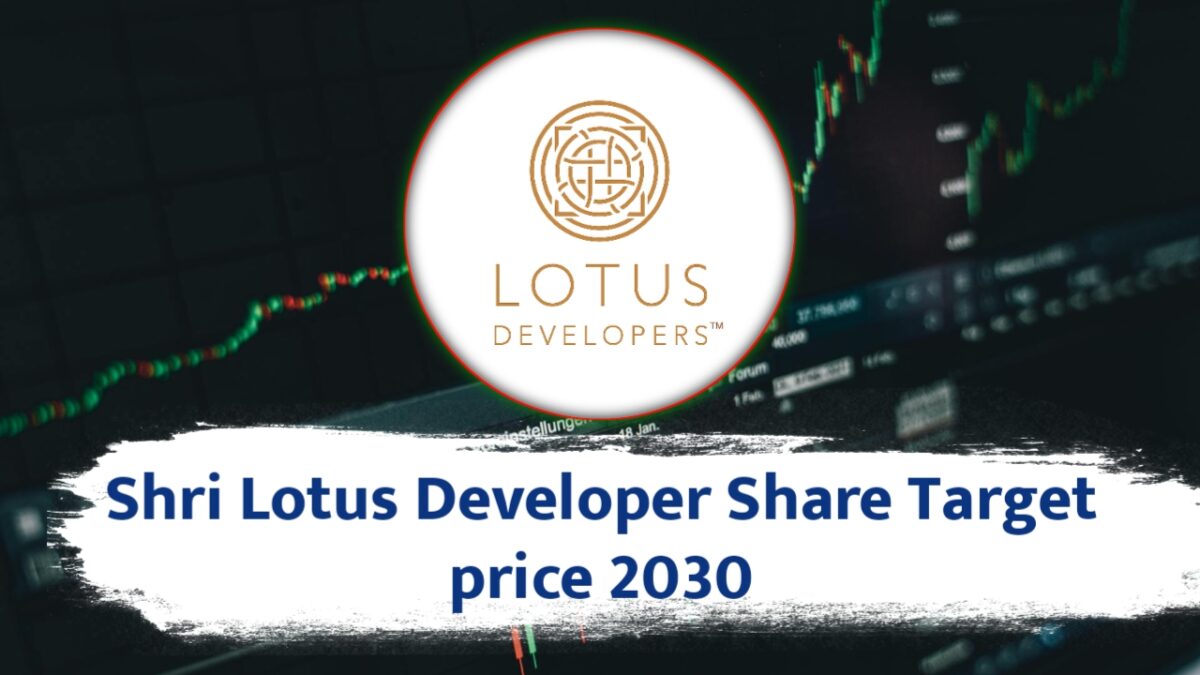Starting August 1, 2025, SEBI proposes new IPO norms for mega listings—reducing retail quota to 25%, strengthening anchor investor rules, and tightening SME IPO eligibility. Full breakdown and impact analysis.
📢 What Are the New IPO Rules from August 1?
On August 1, 2025, SEBI released a consultation paper proposing major updates to India’s IPO framework—especially affecting large IPOs above ₹5,000 crore and the SME IPO segment. These reforms, aimed at boosting institutional participation and investor protection, could reshape how public offerings are structured moving forward.Reuters+15Reuters+15INPA+15Reddit+5INPA+5Reddit+5Business Standard+1ETGovernment.com+1The Financial Express
📊 Key Changes for Large IPOs (>₹5,000 Cr)
🎯 Retail Allocation Adjusted
- Retail quota may shrink from the current 35% to a minimum of 25%, in a phased manner.
- Qualified Institutional Buyer (QIB) allocation would rise from 50% to up to 60%, reflecting institutional dominance in large issues.Business Standard+5Reuters+5mint+5
💼 Anchor Investor Push
- Expansion of anchor investor category, reserving 40% of that portion for institutions including insurance companies and pension funds.
- Domestic mutual funds continue to get at least one-third of anchor spots.mint+2Reuters+2ETGovernment.com+2
💡 Minimum Equity Offer
- For firms valued over ₹1 lakh crore, SEBI is exploring allowing just 2.5% equity dilution via IPO, enabling mega-caps to list with minimal dilution.The Economic Times+15Indian Economy and Market+15Reddit+15
🧾 SME IPO Reforms (Effective July 1)
Although effective from July 1, these new rules amplify the August changes:
- SMEs must earn a minimum operating profit of ₹1 crore for at least two of the past three years.
- The OFS share is capped at 20% of issue size, and promoters cannot offload more than 50% holdings.mint+10Indian Economy and Market+10The Economic Times+10
- Promoter lock-in period: Any excess shareholding is phased—50% unlocked after one year, rest after two.
- Minimum individual investor bid raised to ₹2 lakh (two lots), with no bid revisions or cut-off pricing allowed.India Briefing+2Indian Economy and Market+2Reddit+2NDTV Profit+1Reddit+1
✨ What Further Reforms Are in the Pipeline?
- SEBI is also considering enabling pre-listing trading—allowing investors to sell allotted shares before official exchange listing in a regulated platform, curbing grey market manipulation.Reddit+1Reddit+1
- SEBI earlier eased norms for startups and PSU delistings, allowing founders to retain ESOPs post-listing and enabling voluntary delisting for smoother privatization.The Economic Times
❓ FAQs
❓ Are these rules already mandatory?
No—SEBI has released a consultation paper. These proposed changes may be finalised and enforced after a feedback period ending August 21, 2025.Reuters
❓ How will retail investors be affected?
Lower retail quota in mega issues means fewer shares reserved. But more allocation to retail in SME IPOs and tighter disclosures may improve fairness and info access.mint+1The New Indian Express+1
❓ What about anchor investor lock-in?
SEBI is evaluating longer holding norms—lock-in at 50% for 90 days, with stricter exit rules for anchor investors to curb speculative listing exits.The Financial Express+1INPA+1
📝 Summary Table
| Category | Key Change Summary |
|---|---|
| Retail Quota (Large IPOs) | Reduced to 25% from 35% |
| QIB Allocation | Increased from 50% to 60% |
| Anchor Investors | Broader category, reserved allocations raised to ~40% |
| SME IPO Eligibility | Profit & OFS caps, higher minimum investment, No cut-off |
| Promoter Lock-In | Excess shareholding locked for up to 2 years |
| Regulations Effective Date | Consultation opens Aug 1; changes active once finalized |
🔍 Key Investor Takeaways
- Retail investors may need to act faster or bid in SME offerings where quotas remain strong.
- Institutions & Anchor investors get greater weight in mega IPOs—watch mutual fund participation.
- SME IPOs now demand stronger disclosures and financial health—investor confidence could rise.
- Pre-listing trading could be a game-changer if implemented, offering regulated liquidity before listing.
⚠️ Disclaimer
This article is for informational purposes only. Proposed SEBI IPO rule changes (from August 1, 2025) are based on consultation drafts and media reports. Final regulations may differ. Consult official SEBI releases or a SEBI‑registered financial advisor for decisions.





